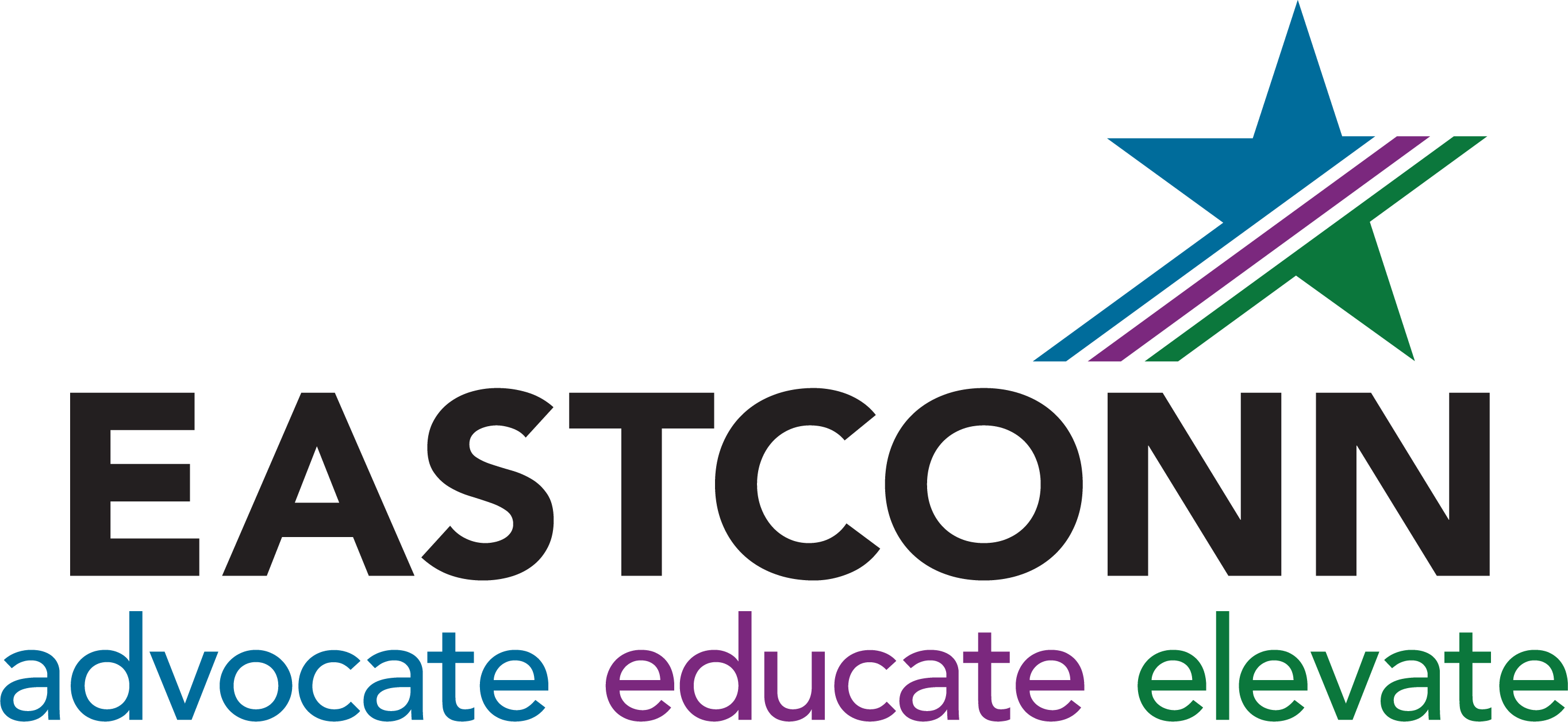SEL Blog - Circles and Norms
(April 7, 2022)
In my last blog post, I introduced the idea of the “circle meeting” as a symbol of equity and as a way to gather and to provide equal voice and place.
Ideally, I prefer circle meetings to be in small groups of 20 participants or less. A smaller size provides more opportunity for building stronger interpersonal relationships, for members of the community to get to know each other better and to build the trust that these groups require. Circles can work for larger groups but my purpose for them changes slightly; I still establish the basic routines of a circle meeting for larger groups, but this setting is not as effective in building interpersonal relationships or for getting to the deeper equity work that can be achieved in circles.
For example, in my work with schools recently, I facilitated meetings with groups that were between 30-40 educators. We were able to practice some aspects of the meetings like simple greetings, check-ins, review of norms and agendas. But other aspects of traditional circle meetings such as ice-breakers, group initiatives, and discussion rounds had to either be modified or left out. Discussion rounds and problem-solving initiatives require smaller groups where all voices can be heard and can feel more comfortable to participate.
In working with these larger groups of educators the past few weeks, I decided to start off in a single large group to establish our purpose, routines and working norms for the day, then we broke up into smaller groups once I felt confident that participants were familiar with the routines and norms. In addition, I provided specific instructions when we moved to small groups so that they had a clear purpose, and I allowed the norms and routines we practiced in the larger group to guide their work together. In both schools where I did this work, the balance of large groups and small groups that were guided by established norms and routines seemed to be valued and effective. The feedback I received from both schools indicated that the staff valued both learning all together in a large group and collaboration time in small groups. And they found that the routines and norms helped them to stay engaged and productive.
As I have mentioned, working norms are an essential building block for our work in circles and for building equitable learning organizations. They are the guidelines all members agree to follow when working together. Norms are always developed collaboratively so that all members of the group have a say in how we agree to work together. Sometimes, recently with one of the schools, I will provide some basic norms, such as: be an active listener, support opinions with data, or share the air. But I also asked the group to review and to add to the list, to edit the list, or to ask questions in order to ensure that the norms reflected the needs of the whole group.
Other times, groups want to make their own norms from scratch. For example, another school I worked with developed their norms based on a book they all read together. Once established, the norms become a sort of community pact. All agree to follow the norms and to hold each other accountable to them.
One last thought about norms: they should always be stated in the positive: what we will do, not what we won’t do. This subtle shift encourages all members to be proactive and empowered in our work together. While norms are essential to our work to create more equitable learning communities, the content of these norms should be personalized to the context of your community.
At the end of my professional learning sessions with schools, we reviewed our norms and shouted out colleagues who did a great job demonstrating these norms. This simple closing step has a meaningful impact on our collective accountability to these guidelines and is another opportunity to build a supportive community through positive reinforcement. I am happy to report that these schools are off to a great start and continue to use the circle meetings and the norms to guide their work together and their learning settings for students.


